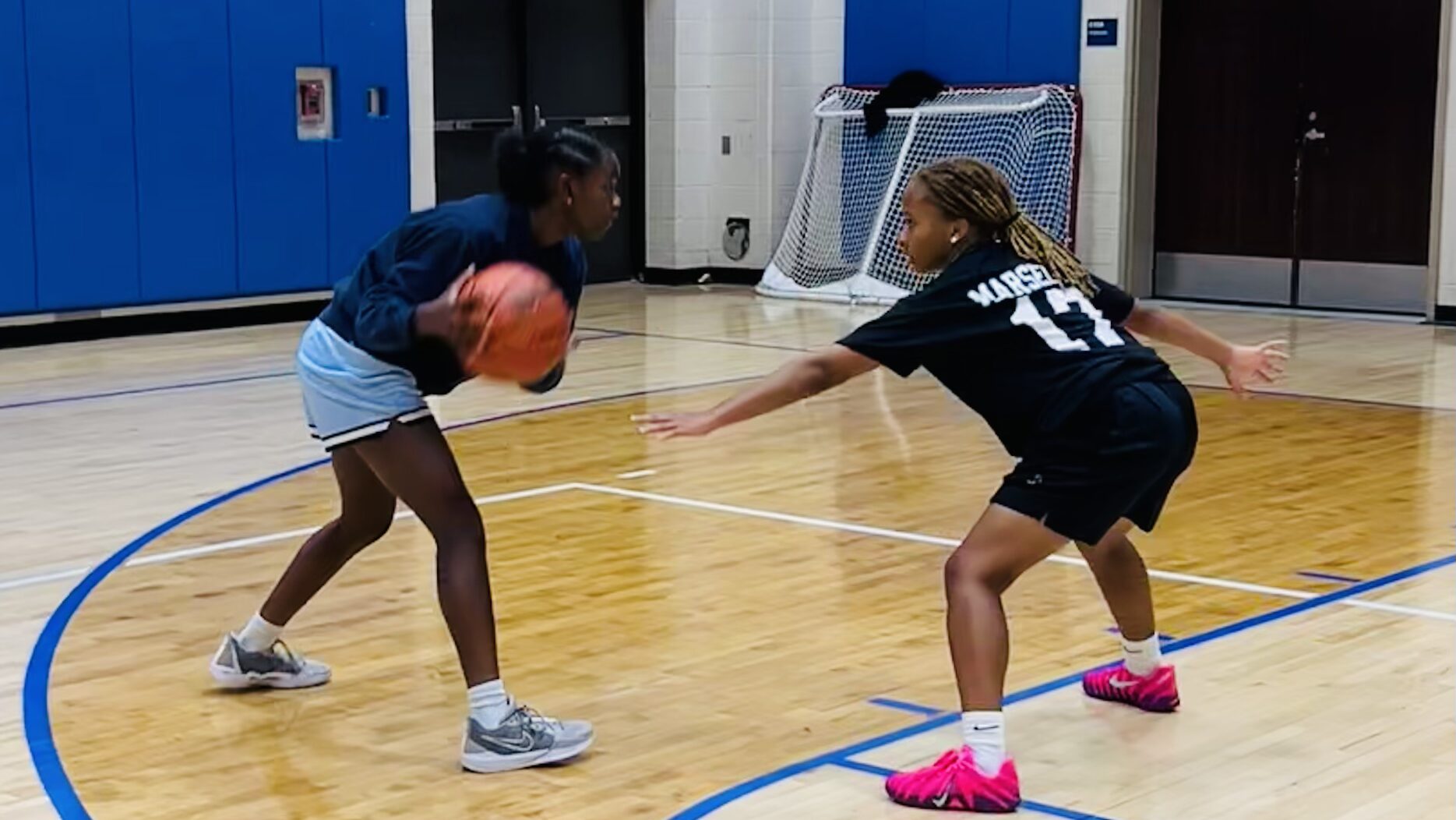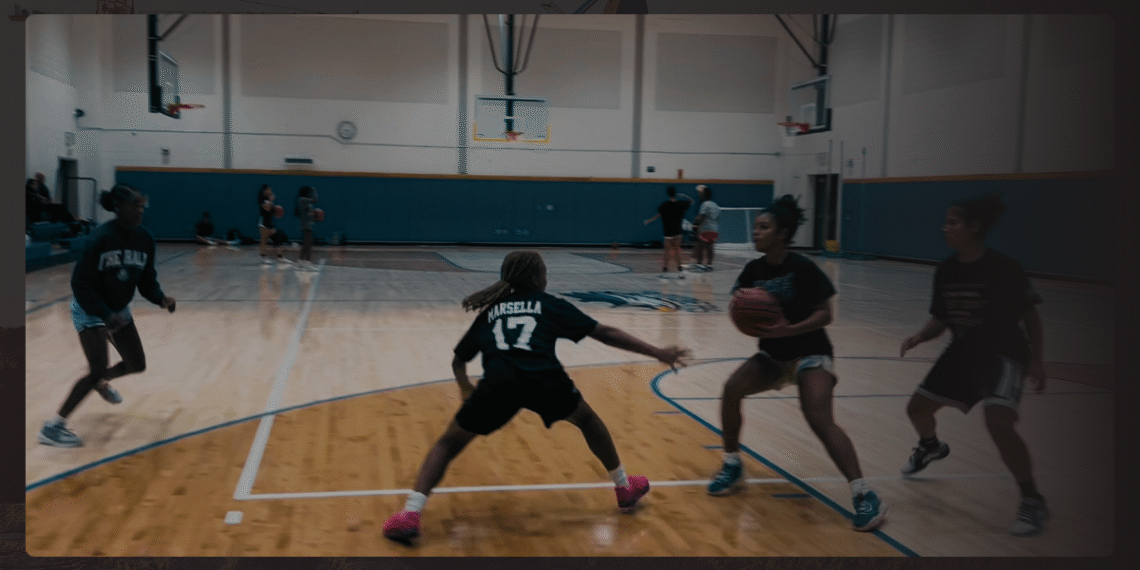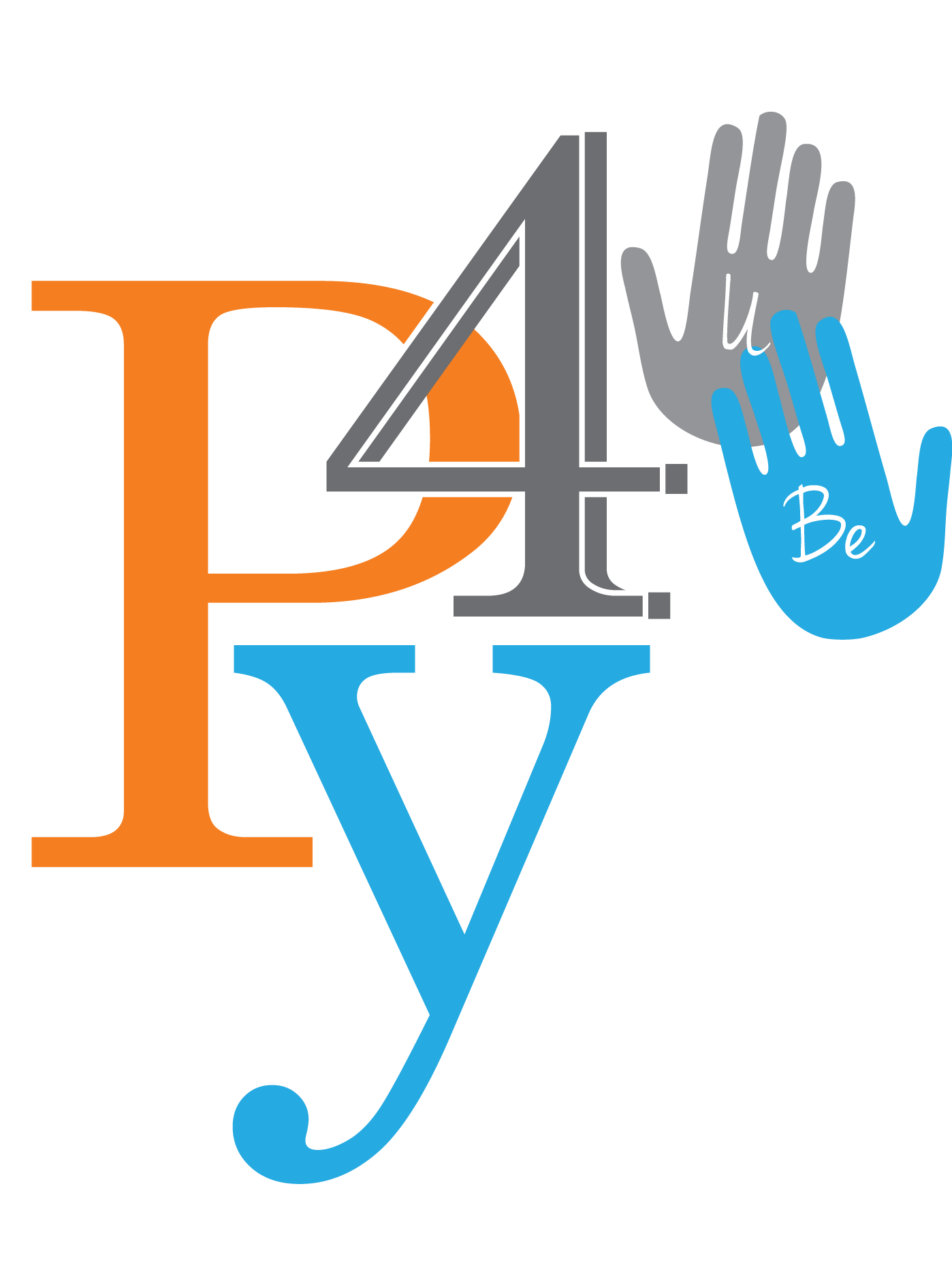You might be thinking, “I’m not a point guard. Why does this matter to me?” Here’s the truth: training like a point guard makes you a better player no matter your role.
The skills of vision, decision-making, leadership, and control don’t just apply to floor generals—they elevate combo guards, shooting guards, and any player who wants to dominate the game.
That’s why I created The Point Guard Series — to bring back the art, the mentality, and the discipline of the position that builds leaders. This isn’t just about handling the ball or calling plays. It’s about thinking the game, leading with purpose, and grinding like an architect — crafting something that lasts beyond the scoreboard.
Think Like a Point Guard
Every play starts in your mind before it ever happens on the court.
True point guards see the game in slow motion — they recognize patterns, read defenses, and make decisions that create advantages. In this part of the series, we’ll break down what “basketball IQ” really means and how you can develop it. Whether you’re running the offense or playing off the ball, learning to think like a point guard gives you a mental edge that separates good players from great ones.
Mental Checklist During Every Possession
- Time/Score – Do I need to push tempo or slow down?
- Spacing – Is everyone in the right spot? Fix it before starting the play.
- Mismatch – Who has the best matchup? Get them the ball.
- Defender’s Weakness – Is my defender tired, slower, or reaching? Attack.
- Next Play Mentality – Good or bad result, move on immediately.
Establish Your Identity
You can’t lead until you know who you are.
Every player who makes an impact has something that defines them. Sue Bird wasn’t just a passer—she was a floor general. Chris Paul isn’t just a scorer—he’s a leader and organizer. Sabrina Ionescu isn’t just a shooter—she’s a triple-threat who makes her teammates better.
These players don’t just play basketball—they know exactly who they are when they step on the floor. That clarity is what makes them confident, consistent, and trusted.
When you lack identity, you drift. One day you’re trying to be a scorer, the next day a facilitator, the next day a defender. Coaches and teammates don’t know what to expect. Worse—you don’t know what to expect from yourself.
Core PG Responsibilities
- Organizer – Set teammates in position before the action starts.
- Communicator – Be the loudest on the floor (talk defense, play calls, clock).
- Connector – Make sure everyone gets touches, keep scorers engaged, encourage role players.
- Decision-Maker – Last shot, tempo control, who gets the ball.
- Defensive Captain – Point guards start the tone of pressure and intensity.
“You can’t control the game until you can control yourself.”
A true point guard sees the game differently. They notice the smallest details — a defender leaning too hard, a teammate’s hesitation, the rhythm of the press. They anticipate, manipulate, and command.

That’s what separates hoopers from orchestrators.
The Architect’s Grind
Every team has scorers. Few have architects.
Point guards are the builders — the ones who create structure, momentum, and belief. The “Architect’s Grind” is about the work that no one sees — film sessions, precision drills, extra reps when everyone else is done. It’s about mastering the fundamentals with championship-level detail. And it’s about understanding that leadership doesn’t turn on under the lights — it’s built daily in the dark.
“The Point Guard doesn’t need the spotlight — they are the light.”
The Grind:
- Film Study Routine:
What to Watch: Watch the PG — not just the scorer. Study how they point, wave, or motion teammates before the play.
How: Pause the film and ask yourself: “Why did they pass here? What did they see?” - Mental Reps:
Before games, visualize 3 game situations:- End of quarter tie game.
- Teammate on fire — how do you feed them?
- Teammate struggling — how do you boost their confidence?
- Leadership:
Action: In practice, make it your job to dap up, encourage, and lead huddles. Leadership isn’t optional for PGs.
💡 KEY TAKEAWAY: The most dangerous player on the floor is the one who knows what’s happening next.
Why This Series Matters
The modern game is full of combo guards and scorers. That’s not a bad thing — but too many players chase points instead of purpose. This series is here to shift that focus. To remind players that being a point guard — or training like one — builds the habits that make you valuable anywhere on the floor.
Because the truth is, the best teams don’t just have players.
They have decision-makers. Connectors. Leaders.
The evolution doesn’t happen overnight.
It happens through unseen work, relentless reflection, and consistent execution.
The architect doesn’t chase the spotlight — they build the system.
They earn trust through poise, control, and understanding the mission: make everyone better.
That’s the art.
That’s the mindset.
That’s the grind.
“Everyone wants to lead until it’s time to take responsibility.”
NEXT UP IN THE POINT GUARD SERIES
- Court Vision Explained: How to see the game differently
- The Art of the Pass: From reads to reactions
- Leadership Styles: Pass-first vs. scoring guards
- Film Study Deep Dive: Lessons from Sue Bird & other PG legends






